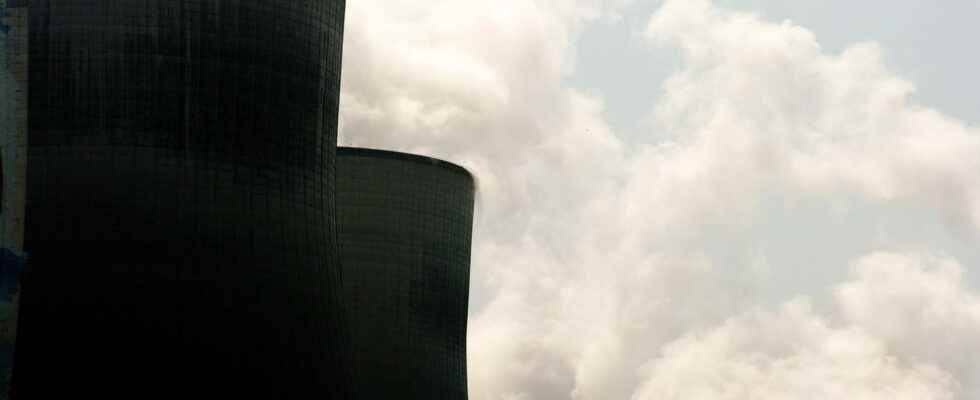The largest nuclear power plant in Europe, located in Zaporijjia in Ukraine, passed into the hands of Russia, this Friday, March 4, 2022. What are the risks?
It is an attack that makes Europe fear the worst. Friday, March 4, 2022, the Russia seized the Zaporizhia nuclear power plant in Ukraine, a week after the start of the war. An important catch for Vladimir Putin’s army, which had been trying for several days to put an end to this strategic site, located in southern Ukraine. During the night, a shell was dropped on the infrastructure, starting a fire, before taking control. For several days, the largest nuclear power plant in Europe had been the subject of a struggle between Ukrainians and Russians. Moscow finally got its hands on it. “The territory of the Zaporizhia nuclear power plant is occupied by the armed forces of the Russian Federation”, announced the Ukrainian nuclear regulator. After the capture of Chernobyl, should we be worried that Russia will have taken possession of the site? Is there a nuclear risk after this offensive?
Russian forces occupy the territory of the Zaporozhye nuclear power plant in southern Ukraine, hit by Russian strikes overnight, the nuclear site inspection agency said. #AFP pic.twitter.com/r75MI0ddv5
– Agence France-Presse (@afpfr) March 4, 2022
Is an explosion possible at the Zaporizhia nuclear power plant?
First, it should be noted that none of the six reactors that make up the Zaporizhia power plant was hit by the shell. It is indeed an annex building, in which training is given and which also includes a laboratory, which was affected and in the grip of the flames. The fire was quickly brought under control by the firefighters, with no consequences for the safety of the reactors. According to the International Atomic Energy Agency, the fire that broke out at the Zaporozhye nuclear power plant did not result in any radioactive leak. The organization quickly indicated that the site’s radioactivity levels were similar to those usually recorded around the six reactors.
However, given the situation, four reactors were shut down for cooling following the Russian strike, in addition to the scheduled shutdown of one of the reactors for maintenance. Only one reactor is therefore operating at half its full capacity. But the cooling of the reactors does not mean that the risk is ruled out. On the contrary. It is indeed during this phase that a risk of overheating, fission and therefore of explosion can occur if the cooling is not done correctly. But the head of the military administration of the Zaporijjia region assured that “nuclear security is guaranteed”.
Towards a second Chernobyl?
For now, the capture by the Russians of the plant has no nuclear consequences. But Ukrainian President Volodymyz Zelensky warned: “If there is an explosion, it’s the end of everything. The end of Europe. It’s the evacuation of Europe.” The head of state even accused Vladimir Putin of wanting to “repeat” the nuclear disaster at Chernobyl, a site that has also passed into Russian hands. Words that challenge all the more so as the reactors of this plant are WWER reactors of Soviet, then Russian origin. Russia is therefore fully aware of the technology used. What allow maintaining the security of the site or, conversely, to use its flaws?
If the level of alert of the heads of state in Europe is maximum in the face of this capture of Russia, in Ukraine, this could also have consequences on the daily life of Ukrainians. Because the Zaporozhye nuclear power plant has six reactors, or nearly half of the country’s total (15) and supplies electricity to about four million homes, or 20% of the country. Accustomed to cutting off electricity and heating in the cities it has attacked since the start of the war, Russia could take advantage of its control over the site to plunge part of Ukraine into darkness. On the banks of the Dnieper, the site is also at the heart of a region in which the forces sent by the Kremlin are particularly present. What put a little more pressure on Kiev and the West.
